Battery storage system numbers are expected to skyrocket in Australia in the coming years. But despite their association with clean energy and as a key facilitator of renewables, the environmental-friendliness of batteries ultimately depends in large part on their ability to be broken down and recycled.
We caught up with two experts to get their thoughts on the current state of affairs as well the challenges that lie ahead with regard to battery recycling. Dr Helen Lewis heads up the Australian Battery Recycling Initiative and was able to give some insight into what is currently happening in Australia. Hans Eric Melin is Vice President of New Markets at Battery Solutions LLC, one of the USA’s leading battery recycling companies.
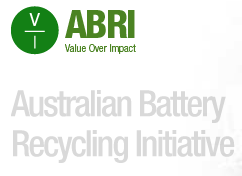 Dr Helen Lewis, Chief Executive of the Australian Battery Recycling Initiative
Dr Helen Lewis, Chief Executive of the Australian Battery Recycling Initiative
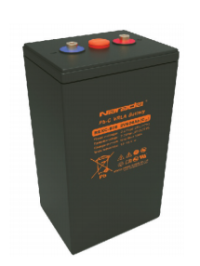 Q: Which batteries have the best recycling rates?
Q: Which batteries have the best recycling rates?
The most recyclable batteries at present are lead acid. The recycling rate is more than 90% in Australia and around 98% of the materials in each battery can be recovered.
The recycling process for lithium-ion batteries is more challenging because of the complex mix of materials. Most of the value in a used lithium-ion battery is from the cobalt, nickel and copper components. Cobalt is being reduced or removed in newer batteries, and this lowers their value to recyclers. Safety is also a critical issue that needs to be managed during transport, handling and recycling.
Technologies to recover lithium-ion batteries are still developing and markets are expected to improve over time as more batteries reach end of life. There is already one small facility in Australia and a number of processors in Europe, North America and Asia.
Other types of energy storage batteries that are starting to be installed in Australia in addition to lead and lithium-ion batteries include zinc bromine flow batteries (e.g. Redflow) and salt water batteries (e.g. Aquion). These are technically recyclable but systems will need to be established for collection, disassembly and recycling when sufficient numbers reach the end of their life.
Q: What issues do you foresee with regard to recycling as battery storage installation numbers grow?
From a product stewardship perspective, the most important issue is to ensure that batteries meet relevant design and installation standards and are safely managed during their extended use period. While will be some time before large capacity lithium-ion batteries enter the waste stream in large numbers (most have an expected life of 10-20 years), the ground work needs to be done now to ensure that there is sufficient capacity for collection and recycling and environmental and safety risks are managed effectively.
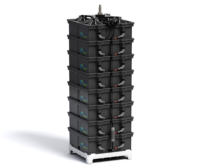 Q: If someone owns a home with batteries, what are their options for when the batteries have reached the end of their life? Will they have to pay to have them to be taken away and recycled?
Q: If someone owns a home with batteries, what are their options for when the batteries have reached the end of their life? Will they have to pay to have them to be taken away and recycled?
More work needs to be done to work out the best way for consumers to have their batteries recycled, and whether or not there will be a fee. Energy storage batteries are on the Australian Government’s priority list under the Product Stewardship Act because they know that the number of batteries reaching end of life will grow exponentially over the next 10-20 years. We need to develop the solution now to ensure that we have capacity to handle used batteries when they start to enter the waste stream in large numbers.
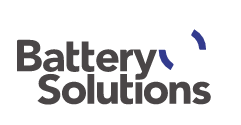 Hans Eric Melin, Vice President New Markets at Battery Solutions LLC (USA)
Hans Eric Melin, Vice President New Markets at Battery Solutions LLC (USA)
Q: What are the most common battery chemistry types used in home battery storage (on & off-grid) in the USA? What is the current state of battery recycling for each of them?
For residential applications I’d say we mostly have seen lithium-ion iron phosphate (LFP) batteries. The clear exception is of course Tesla with its nickel cobalt aluminum battery. Now when the EV manufacturers increasingly abandon LFP for NMC I think we might see an increase in that chemistry also in residential batteries. Both because it makes sense from an economy of scale perspective but also because the EV batteries will most probably be used as second life batteries in both residential batteries and in grid solutions. If that would happen it would be good in a recycling perspective. Today we can’t recover much material from a LiFePo cell. The batteries are disassembled and the cells are then shredded. Recoverable materials are basically iron and aluminum. A NMC or NCA battery has a decent amount of cobalt and obviously nickel. This makes it much more interesting to recycle but the amounts are still not at a level to generate a positive value through the entire recycling chain. At least not at current nickel prices.
Q: What batteries are inherently the safest? Which ones have the best recycling rates?
The common perception is that LFP [lithium-iron phosphate, LiFePO4] batteries are the safest. But I think it is far too simple to generalise battery safety only by chemistry. It’s like asking what’s the most safest fuel: gasoline, ethanol or diesel? I would be careful with all of them. Most important is to make sure you have a battery management system in place adapted for the actual cells. From a recycler’s perspective, we see higher risks in handling pouch cells than cylindrical cells such as 18650 or 26650. But that is something we take care of, which basically makes it a non-issue for consumers.
The batteries with best recycling rates are the LCO [lithium cobalt oxide] cells with a high concentrate of cobalt. This is the only chemistry that you could expect to be payed for by a recycler, depending on how much preparationis required and what volume is available. This is also the oldest chemistry, which means there are proven processes around the world.
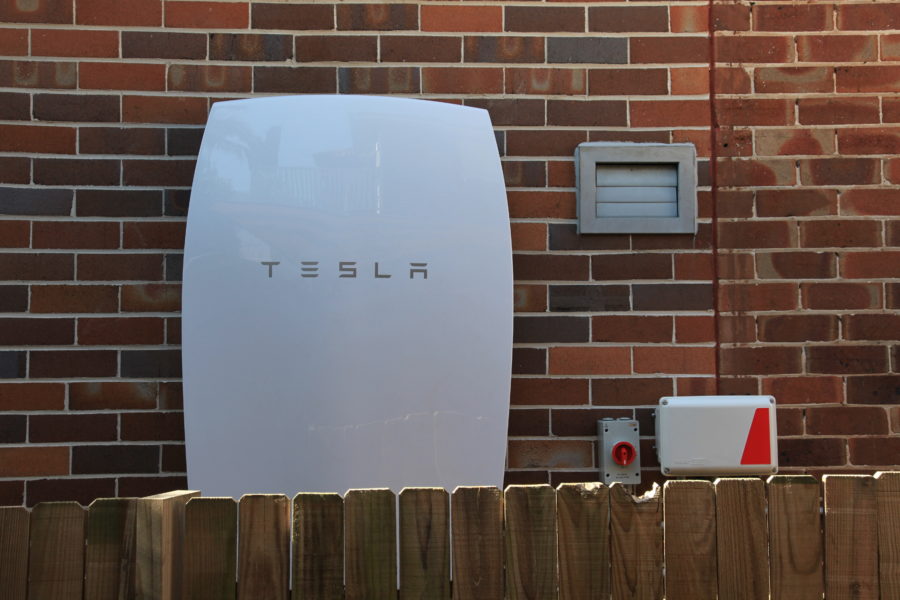 Q: Which types of batteries do you see becoming more common for home energy storage? Any issues with recycling any of these as volumes grow?
Q: Which types of batteries do you see becoming more common for home energy storage? Any issues with recycling any of these as volumes grow?
I think it is becoming more and more obvious that economy of scale is perhaps the most important factor in reducing the cost for each kWh of storage capacity. And that is how I look at Tesla’s move into residential storage – to be able to push as much volume as possible through their ‘GigaFactory‘. Then you might expect to see the same incentives for the companies that grow their NMC [nickel manganese cobalt oxide, LiNiMnCo] production in Europe, North America and now also in China. And again, I think the EV batteries we put on the market right now will be excellent for home storage in 8-10 years as second life applications – this will push the use of NMC cells even more than today. Compared with LFP, this is only positive from a recycling perspective. But still I think LFP will be a dominant chemistry at least for the next few years.
Q: If someone owns a home with batteries in the US, what are their options for when the batteries have reached the end of their life? Will they have to pay to have them taken away and recycled?
Well somebody needs to pay at some point, but we must put this in perspective. The cost to recycle a lithium-ion battery is somewhere between zero and five USD per kilogram, depending on chemistry, configuration and geographical conditions. For a Tesla Powerwall, that’s about $300 for a system you hopefully have used for 8-10 years and originally payed about $6000 for, installed and ready. If installers or OEMs are smart, these costs will never be payed upfront but instead be bundled into upgrade or replacement offers. And although residential storage is considered a potential second-life application, I think there might be a third life as well, at least for some of the individual cells. This will also bring down costs.
Q: Anything else you’d like to add?
I think we are only seeing the beginning of residential storage. We will not only see many more battery chemistries – we will see entirely new and different applications, both bigger and smaller. Personally, I think San Diego-based Orison has an interesting solution with their plug-in batteries which perfectly match your modern furnishing in the living room. And with LED lights and electronics soon being the only thing we power in our homes besides the kitchen and washing appliances – do we really need to convert everything from DC to AC and then back again? If we stopped doing that we would not only save energy and money – I think it would change our view about what devices in our homes are considered to be ‘mobile’ and what will have a battery inside. Who ever thought that power tools could be powered by batteries?
Compare battery storage options in your area: Complete the Solar Quote Comparison request form to the right of this page.
© 2016 Solar Choice Pty Ltd
- Solar Panel Costs: Solar Choice Price Index | April 2025 - 1 April, 2025
- Solar Panels For Homes – All You Need to Know About Solar Systems - 18 March, 2025
- Best NSW Solar Feed-In Tariffs - 17 March, 2025

There are waste management companies that do recycle batteries, although I’m not sure whether they process solar power system batteries as well. If not, they better start looking for ways to do so since the solar power technology is advancing in leaps and bounds and this means consumers would be upgrading from dated equipment to more modernised ones. This leads me to say that I like your point about making sure that these batteries are recyclable in the first place. There’s no use developing ways to harness renewable energy if the equipment would overflow our landfills anyway.
My wife and I are delivering some solar lights, from EMPOWERED, to a village in Fiji. Do you folks know of a place to recycle solar lights several years from now?
Hi Michael,
We don’t deal in solar lights per se (we are a comparison service for rooftop solar & batteries), and we are based in Australia so would know even less about recycling proceedures in Fiji. Good luck with your project, however!